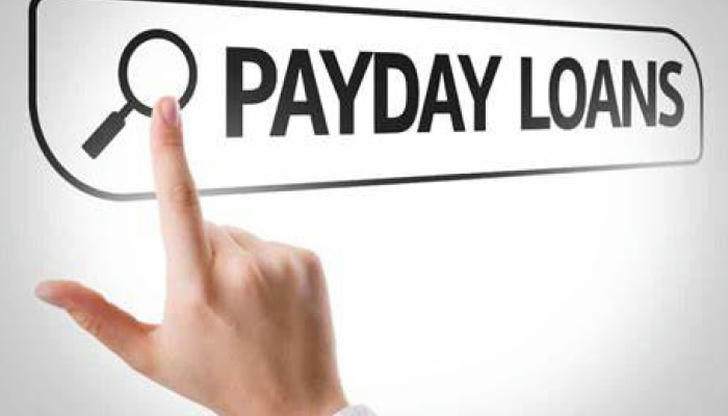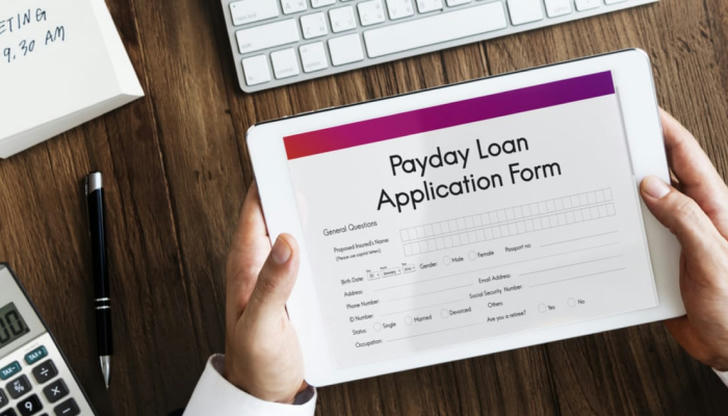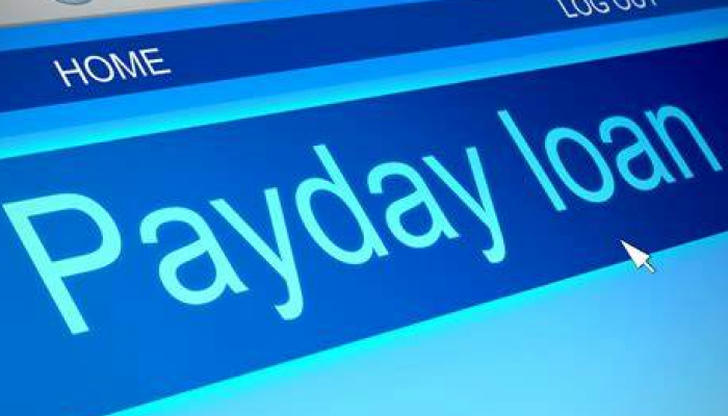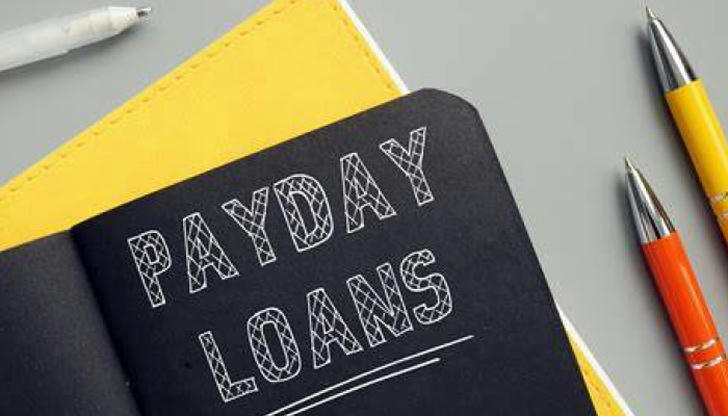Understanding Payday Loans: A Comprehensive Guide
Payday loans are short-term, small-dollar loans designed to provide quick cash to borrowers who need funds urgently. Typically, these loans are meant to be repaid on the borrower’s next payday, hence the name. They are generally used to cover immediate, unexpected expenses such as medical bills, car repairs, or utility payments.

Definition and Characteristics of Payday Loans
Key Characteristics:
Short-Term Duration:
Payday loans are usually due in full on the borrower’s next payday, typically within two to four weeks.
Small Loan Amounts:
The loan amounts are generally small, ranging from $100 to $1,500, depending on the borrower’s income and the lender’s policies.
High Interest Rates:
Due to the short-term nature and higher risk, payday loans come with significantly higher interest rates compared to traditional loans.
No Credit Check:
Most payday lenders do not require a credit check, making these loans accessible to individuals with poor credit histories.
Simple Application Process:
The application process is straightforward and quick, often with minimal documentation required.

The Application Process for Payday Loans
Applying for a payday loan is relatively easy and can often be completed within a few hours. Here’s a step-by-step guide:
1. Determine Your Eligibility:
Most payday lenders have basic eligibility requirements, such as:
Being at least 18 years old.
Having a steady source of income.
Possessing an active checking account.
Providing a valid identification.
2. Gather Necessary Documentation:
Prepare the required documents, which typically include:
Identification Proof: Government-issued ID such as a driver’s license or passport.
Income Verification: Recent pay stubs or bank statements to demonstrate your income.
Bank Account Information: Details of your checking account where the loan amount will be deposited and from which the repayment will be debited.
3. Choose a Lender:
Research different payday lenders to find one that offers reasonable terms and has a good reputation. Compare interest rates, fees, and repayment terms.
4. Fill Out the Application:
Complete the application form either online or at a physical location. Ensure all information is accurate to avoid delays.
5. Submit the Application:
Submit the application along with the necessary documents. The lender will review your information and make a decision.
6. Receive the Funds:
If approved, the loan amount will be deposited into your checking account, often within the same day.

Pros and Cons of Payday Loans
1. Pros:
**Quick Access to Cash:
Payday loans provide immediate access to funds, often within a few hours, which is ideal for urgent financial needs.
**No Credit Check Required:
These loans are accessible to individuals with poor credit histories, as most lenders do not perform credit checks.
**Simple Application Process:
The application process is straightforward and requires minimal documentation.
2. Cons:
High Interest Rates and Fees:
Payday loans come with extremely high interest rates and fees, which can make them very expensive.
Short Repayment Period:
The short-term nature of these loans can lead to a high repayment amount within a short period, which can strain the borrower’s finances.
Debt Cycle Risk:
Due to the high costs and quick repayment terms, borrowers may find themselves in a cycle of debt, repeatedly taking out new payday loans to repay the previous ones.
Key Considerations:
Before applying for a payday loan, it’s crucial to evaluate whether you truly need the loan and can repay it on time. Consider alternative options, such as personal loans, borrowing from friends or family, or using emergency savings.

How to Effectively Manage Payday Loans
1. Create a Repayment Plan:
As soon as you receive the loan, outline a clear repayment plan. Prioritize repaying the loan to avoid additional fees and interest charges. If possible, allocate a portion of each paycheck towards repaying the loan.
2. Avoid Additional Debt:
Try to limit the use of payday loans to true emergencies and avoid taking on additional debt. Using payday loans for non-essential expenses can lead to a cycle of debt.
3. Seek Alternative Solutions:
Explore other financial solutions before resorting to payday loans. Consider personal loans, credit union loans, or assistance programs that may offer lower interest rates and more manageable repayment terms.
4. Monitor Your Spending:
Keep track of your expenses and create a budget to manage your finances better. Cut down on non-essential spending to free up funds for loan repayment.
5. Communicate with Your Lender:
If you encounter difficulties in repaying the loan, contact your lender immediately. Some lenders may offer extensions or alternative repayment plans to help you manage the debt.
Real-Life Example
Case Study:John’s Emergency Car Repair
John needed $500 to repair his car, which he relies on for commuting to work. With poor credit history, he couldn’t get approved for a traditional loan. He opted for a payday loan, which required no credit check and provided the funds within a few hours. John repaid the loan with his next paycheck, but the high interest and fees made it a costly solution. He realized the importance of building an emergency fund to avoid high-cost loans in the future.
Conclusion
Payday loans can provide a quick financial solution for emergencies, especially for those with poor credit histories. However, their high interest rates and short repayment terms can lead to significant financial strain if not managed properly. By understanding the characteristics of payday loans, navigating the application process carefully, weighing the pros and cons, and effectively managing repayment, borrowers can use these loans responsibly. Always consider alternative financial solutions and plan for emergencies to reduce reliance on high-cost borrowing options.
